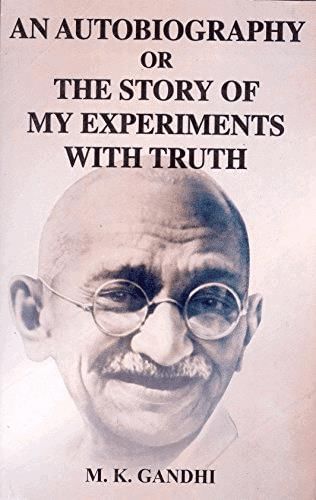Very Short Question Answers: Grassroots Democracy - Part 3: Local Government in Urban Areas | Social Studies (SST) Class 6 PDF Download
Q1: What is the main purpose of urban local bodies?
Ans: To manage local issues and provide services in cities and towns.
Q2: What type of democracy encourages citizen participation at all levels?
Ans: Participatory democracy.
Q3: What are the smaller sections of cities called in the context of urban governance?
Ans: Wards.
Q4: Which city is known for having the oldest municipal institution in India?
Ans: Chennai.
Q5: When was the Greater Chennai Corporation established?
Ans: September 29, 1688.
Q6: What significant action did a Parliamentary Act grant the Madras Corporation in 1792?
Ans: Authority to levy municipal taxes.
Q7: What is the governing body for towns with populations smaller than Municipal Council size?
Ans: Nagar Panchayat.
Q8: Which urban local body is found in cities with populations over 10 lakhs?
Ans: Municipal Corporation.
Q9: What role do ward committees play in urban governance?
Ans: They assist in organizing community activities and addressing local issues.
Q10: How can residents contribute to effective waste management?
Ans: By following waste segregation guidelines.
Q11: What is one responsibility of urban local bodies regarding local infrastructure?
Ans: Maintaining local infrastructure.
Q12: What does decentralized governance allow local communities to do?
Ans: Directly manage their areas and participate in decision-making.
Q13: Which municipal body oversees cities with populations between 1 and 10 lakhs?
Ans: Municipal Council or Nagar Palika.
Q14: What is one of the main tasks of urban local bodies related to sanitation?
Ans: Collecting and disposing of garbage.
Q15: What is the significance of the Madras Corporation in Indian governance history?
Ans: It is the oldest municipal institution in India.
Q16: What type of issues do urban local bodies monitor in communities?
Ans: Local issues like water leaks and road damage.
Q17: What is a key feature of urban local bodies that enhances citizen involvement?
Ans: Elected representatives.
Q18: What is a crucial aspect of participatory democracy in urban areas?
Ans: Citizen engagement in governance processes.
Q19: How does community participation benefit urban governance?
Ans: It helps address local needs effectively.
Q20: What historical act preceded the establishment of the Madras Corporation?
Ans: The East India Company issued a charter in 1687.
|
69 videos|386 docs|80 tests
|
FAQs on Very Short Question Answers: Grassroots Democracy - Part 3: Local Government in Urban Areas - Social Studies (SST) Class 6
| 1. What is the role of local government in urban areas? |  |
| 2. How are city officials elected in urban local governments? |  |
| 3. What are some challenges faced by local government in urban areas? |  |
| 4. How can residents participate in grassroots democracy at the local government level in urban areas? |  |
| 5. What are some examples of successful grassroots democracy initiatives in urban local governments? |  |




























